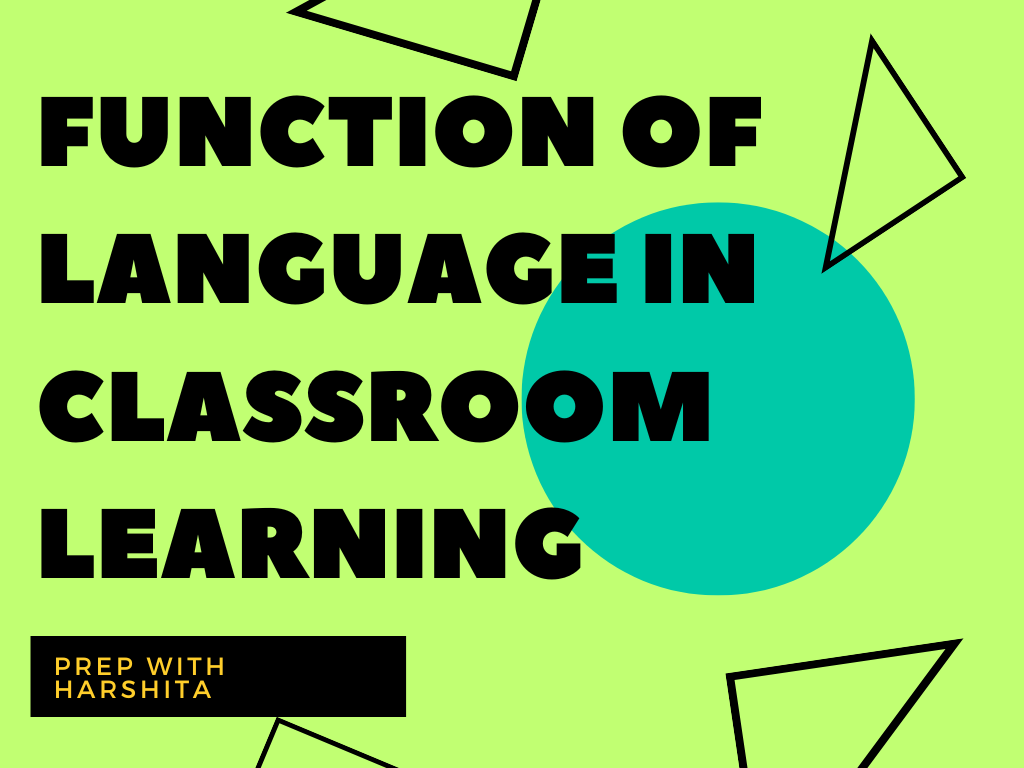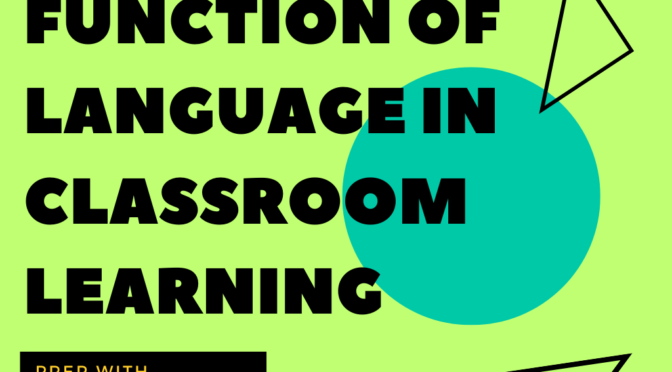Language plays a crucial role in classroom learning, serving various functions that facilitate the acquisition and dissemination of knowledge.
Here are the key functions of language in the classroom:
- Instruction and Explanation: Language is used by teachers to deliver instructions and explanations to students. Through verbal and written communication, teachers provide step-by-step guidance on tasks, assignments, and concepts. Clear and effective language helps students understand the content being taught and promotes learning.
- Comprehension and Understanding: Language enables students to comprehend and understand the subject matter. They listen to the teacher, read textbooks, and engage in discussions to grasp new information. Language skills such as listening, reading, and interpreting texts play a vital role in comprehending and internalizing knowledge.
- Communication and Collaboration: Language serves as a medium for communication and collaboration among students. It allows them to exchange ideas, discuss concepts, ask questions, and provide feedback. Effective communication skills enable students to articulate their thoughts, express their opinions, and actively participate in classroom activities, fostering a collaborative learning environment.
- Critical Thinking and Analysis: Language plays a significant role in developing critical thinking and analytical skills. Students use language to analyze and evaluate information, draw conclusions, and engage in higher-order thinking. Through discussions, debates, and written assignments, they learn to analyze different perspectives, identify logical fallacies, and construct well-reasoned arguments.
- Expression and Creativity: Language provides students with a means of expressing themselves and showcasing their creativity. Through writing, speaking, and artistic endeavors, students can express their thoughts, emotions, and ideas. Language allows them to explore different literary devices, experiment with writing styles, and engage in creative expression, promoting individuality and self-expression.
- Vocabulary Development: Language is essential for expanding vocabulary and developing language proficiency. In the classroom, students encounter new words, technical terms, and academic language specific to different subjects. Through reading, listening, and participating in class discussions, they acquire new vocabulary, understand word meanings in context, and enhance their overall language skills.
- Reflection and Metacognition: Language enables students to reflect on their learning process and engage in metacognitive thinking. They use language to assess their understanding, identify areas of improvement, and set learning goals. Through self-reflection, journaling, and classroom discussions, students develop a deeper awareness of their own learning strategies and progress.
- Assessment and Feedback: Language plays a crucial role in assessment and feedback processes. Teachers use language to provide feedback on student work, evaluate performance, and offer suggestions for improvement. Students use language to explain their reasoning, defend their arguments, and demonstrate their knowledge and skills during assessments.
- Cultural Understanding and Appreciation: Language is closely tied to culture, and classroom language provides opportunities for students to understand and appreciate different cultures. Through literature, multicultural texts, and discussions on diverse topics, students gain insights into various cultural perspectives, practices, and traditions, fostering intercultural competence and empathy.
Overall, language serves as a fundamental tool for teaching and learning in the classroom. It facilitates instruction, comprehension, communication, critical thinking, self-expression, and assessment, creating an enriching and interactive learning environment for students.
Also Read : General Classroom Language

Also Visit : Prep with Harshita

